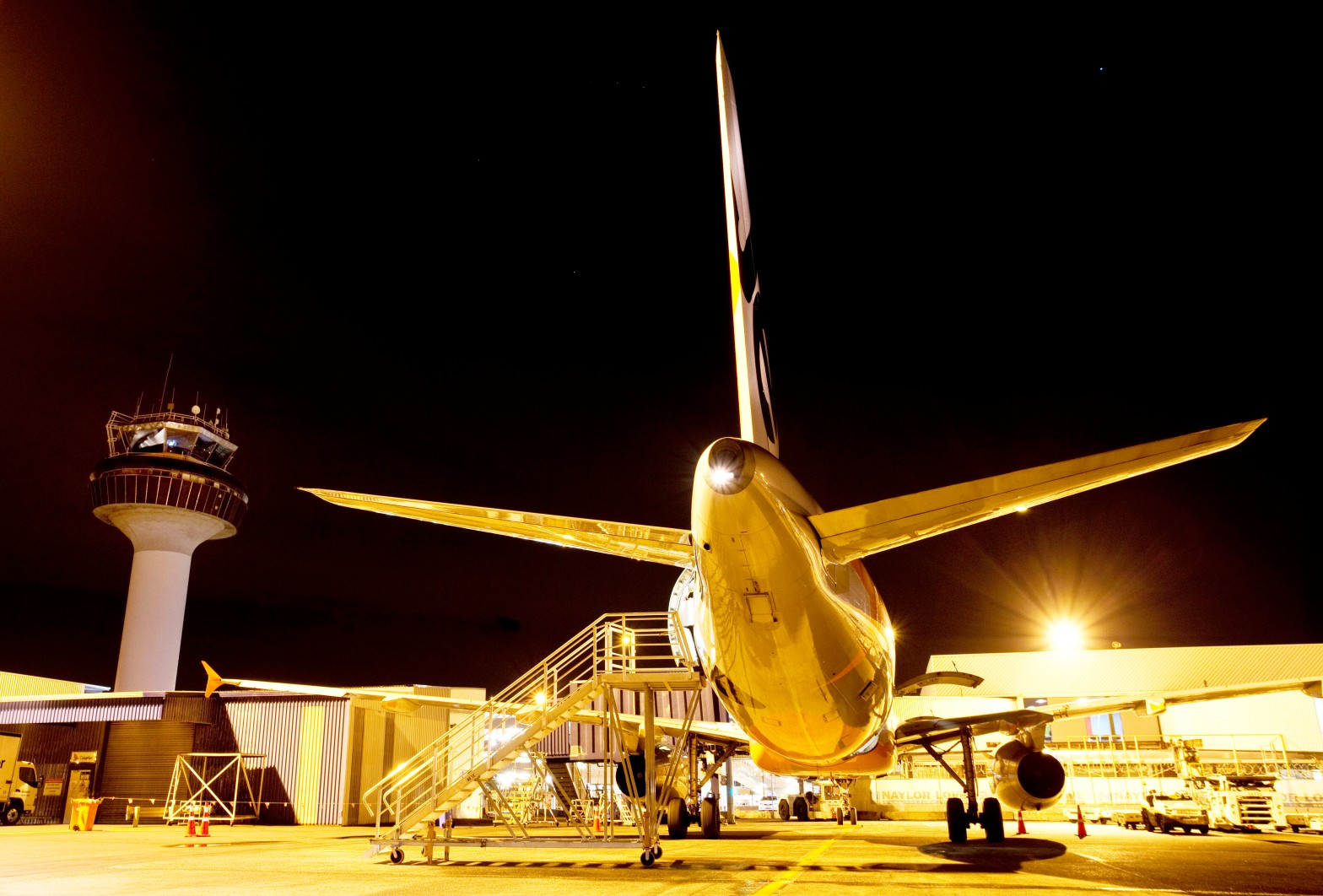Story by ANDREW KACIMAIWAI
AUCKLAND (AKL) Airport says it already warned airlines it would reset its charges for five financial years, starting from July 1, ending a year-long pandemic price freeze.
And the airport says it has warned users of further increases beyond that period when its new integrated domestic facility opens for business.
Airport Chief Executive Carrie Hurihanganui said they set their new charges under its Price Setting Event Four (PSE4), after consultations with major airlines, which must happen every five years under the Airport Authorities Act.

The new charges will help fund upgrades to infrastructure now under way at the airport; $2.5 billion has been earmarked for airfield, terminal, baggage and transport upgrades.
Ms Hurihanganui said the higher charge was also due to higher capital costs.
“Travel is back, and the recovery is taking place more quickly than anyone expected. Now is the time for investment in Auckland Airport …,” she said.
“Our domestic terminal is 57-years-old and needs replacing. We know travellers are fed up with the domestic travel experience; they’ve told us that clearly.
“Other key aeronautical infrastructure also needs replacing. The pandemic meant we had to put much of this investment on hold and we are now in catch-up mode.
“We don’t think any travellers would say we are making the move to upgrade the airport too soon,” she said.
Projects earmarked for completion during this five-year period include critical infrastructure to build a new domestic facility which will be integrated into the existing international terminal.
EARMARKED PROJECTS
• $1.5 billion integrated domestic facility, including the largest expansion of Auckland Airport’s airfield in history at 250,000 square metres or 23 rugby fields; new remote stands for aircraft; new fuel infrastructure; and stormwater capacity enhancements.
• A new baggage handling system;
• A new public drop off and pick up area on the doorstep of the international terminal with other road and terminal forecourt upgrades;
• Expansion of the international check-in area;
• Upgrades to the domestic terminal while a new terminal is being built.
The new $2.2b domestic integrated facility won’t be open for business until 2028 or 2029, meaning those costs will be reflected in the next pricing period (PSE5).
Ms Hurihanganui said the ongoing recovery in aviation was strong as was the need to upgrade infrastructure.
“There are now 22 airlines flying to 37 destinations to and from Auckland Airport, up from 12 airlines and 21 destinations during the toughest days of the pandemic,” she said.
“In May, international seat capacity recovered to 91% compared to pre-pandemic and domestic recovered to 89%. The return of airlines is also working to support the recovery of trade with 80% of airfreight coming into Auckland in the belly hold of passenger aircraft.”
THE CHARGES
From July, Auckland Airport’s aeronautical charges for airlines (calculated on a per passenger basis) will change to:
• Domestic jet travel (Auckland to/from main centres): charges to average $11.85 over the PSE4 period. They will rise by $3.50, from $6.75 to $10.25 compared to current charges at Wellington ($15.20) and Christchurch ($14.60) airports. Prices to reach $15.45 by FY27, the final year of PSE4;
• Regional airline charges: to average $8.15 over the PSE4 period. Charges will initially increase by $2.70 in July from $4.40 to $7.10 compared to Wellington ($11.20) and Christchurch ($10) airports. Regional charges to reach $10.70 by FY27;
• International airline charges: to average $37.25 over the PSE4 period. Charges to initially rise by $9.40 from $23.40 to $32.80, lower than current published equivalent charges at other international airports in the region including Sydney ($42.20), Melbourne ($35.90) and Brisbane ($56.70). International charges will reach $46.10 by FY27.
Ms Hurihanganui said the airport’s new charges would rise from a very low base, accounting for a small portion of a ticket price.
“Auckland Airport has long been one of the cheapest major airports for airlines to operate from in the region,” she said.
“At $7 our current domestic jet aeronautical charges are 40-50% lower than comparable airports in our region and rose just 65 cents in real terms over the last decade, reflecting the ageing domestic terminal.
“Meanwhile, international charges fell 10% in real terms over the past decade. Our charges currently represent about 3% to 3.5% of the cost of an average domestic or international fare.”
“These changes have not been introduced lightly, particularly in the current economic environment,” Ms Hurihanganui explained.
“We are very mindful of cost to our airline partners and, ultimately, travellers. That’s why we have been working hard to deliver a pragmatic and affordable solution while responding to airline requests for changes as much as possible.
“At the same time, we’ve considered what we need to invest to ensure Auckland Airport’s infrastructure is at an appropriate standard, capable of delivering a good customer experience for expected passenger numbers and is resilient for the future. That’s our role. Doing nothing is not an option.

She said their PSE4 charges were in line with other comparative airports in the region and will also be reviewed by NZ’s Commerce Commission.
Ms Hurihanganui said Auckland Airport will continue to raise debt funding from a mix of domestic and offshore markets to fund its capital expenditure program. Because of the large forecast debt-funded ‘works under construction’ balance towards the second half of PSE4, she said new equity may need to be raised in future.
“This remains subject to a range of future uncertainties including the ongoing recovery in aviation, the future financial performance of Auckland Airport, and the execution run rate for the 10-year capital roadmap,” she said.
Auckland Airport is continuing to consult with airlines on potential future regional terminal infrastructure with a solution due for use during PSE5.
The second runway does not feature during PSE4 as the project remains on hold.
